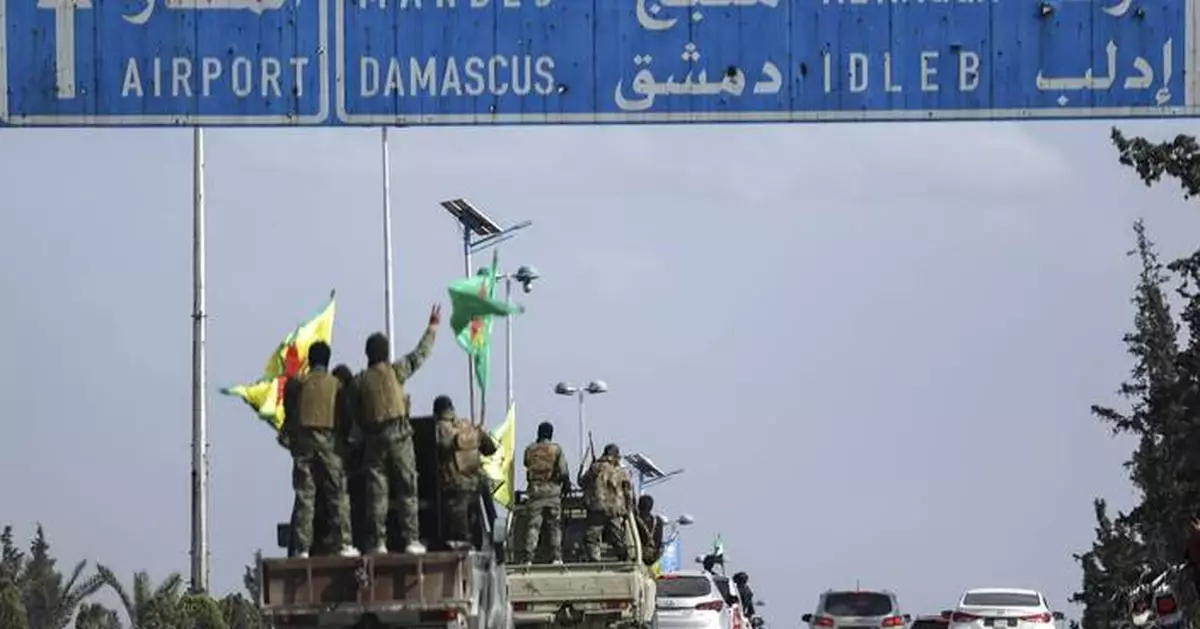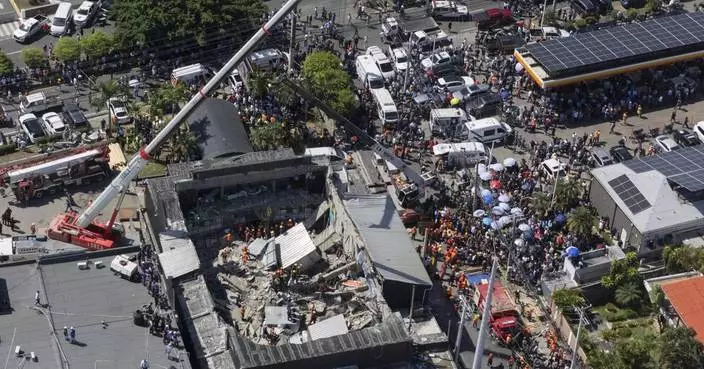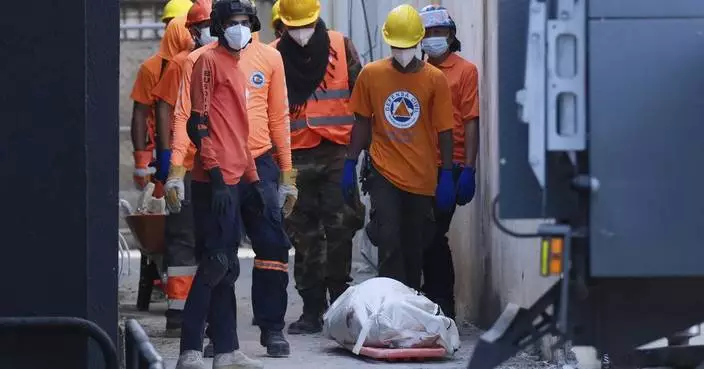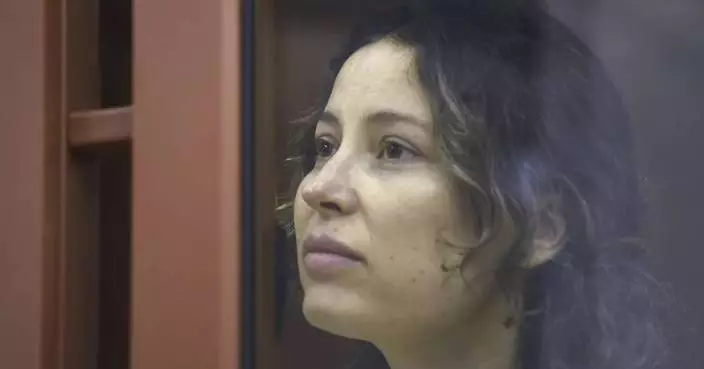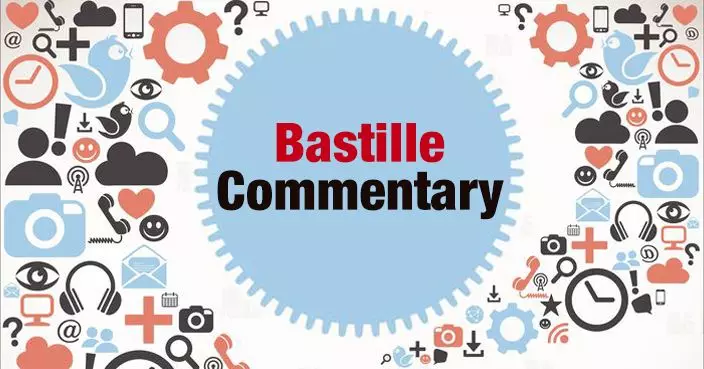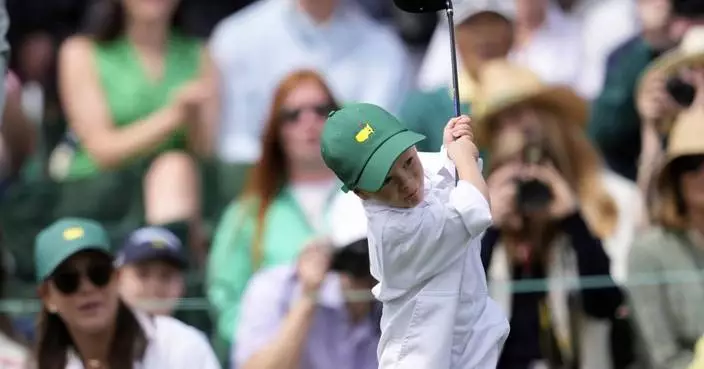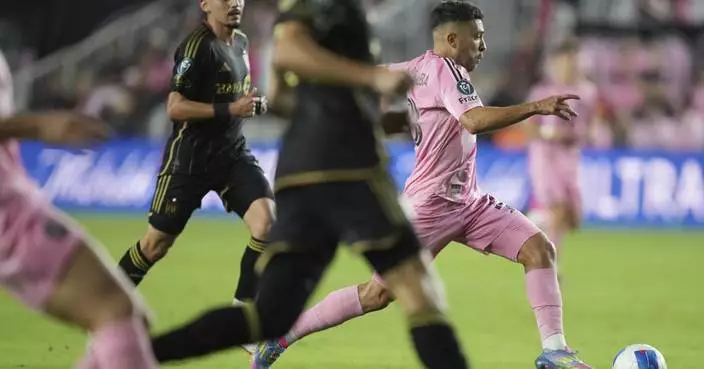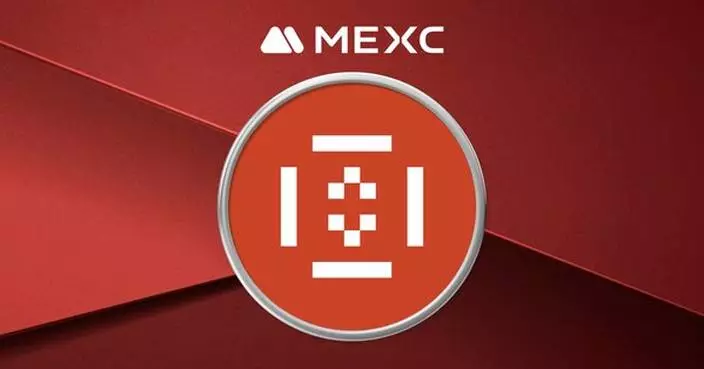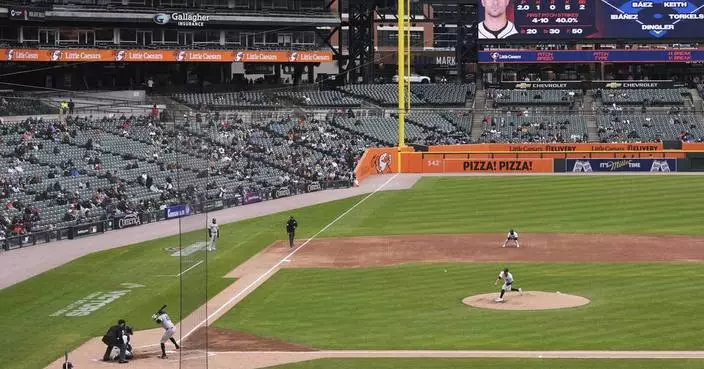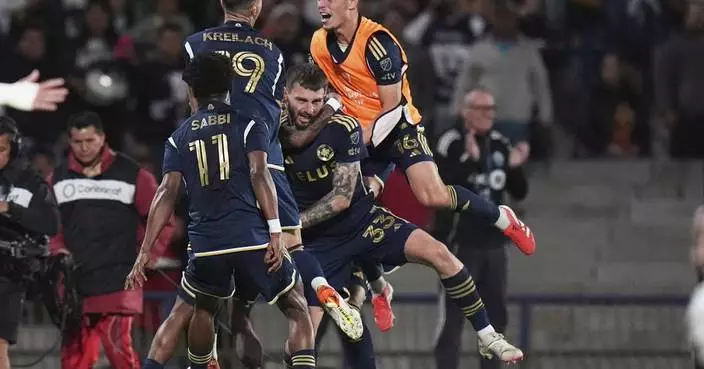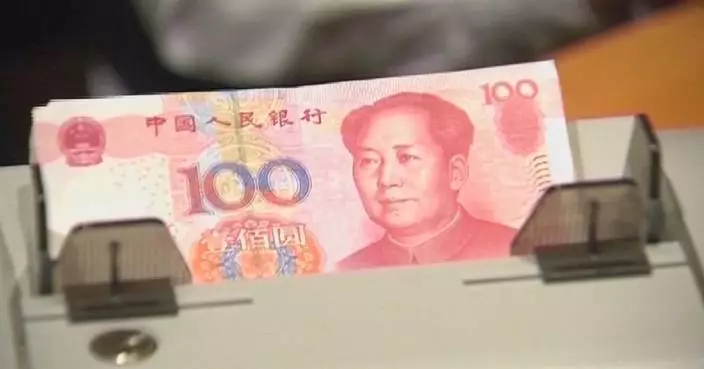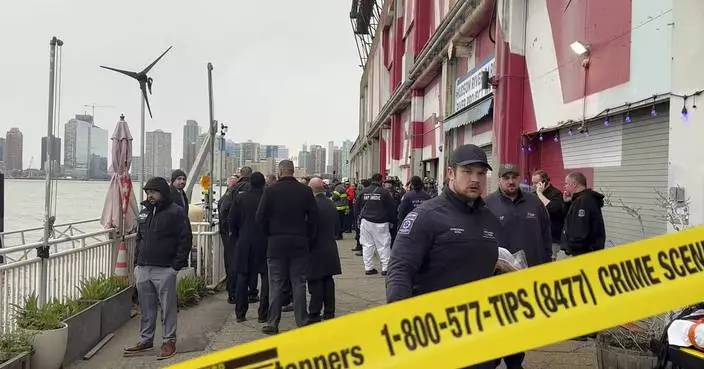ALEPPO, Syria (AP) — Scores of U.S.-backed Kurdish fighters left two neighborhoods in Syria’s northern city of Aleppo Friday as part of a deal with the central government in Damascus, which is expanding its authority in the country.
The fighters left the predominantly Kurdish northern neighborhoods of Sheikh Maksoud and Achrafieh, which had been under the control of Kurdish fighters in Aleppo over the past decade.
Click to Gallery
U.S.-backed Kurdish fighters flash victory signs, as they withdraw from two neighbourhoods in Syria's northern city of Aleppo as part of a deal with the Syrian central government, in Aleppo, Syria, Friday, April 4, 2025. (AP Photo/Ghaith Alsayed)
U.S.-backed Kurdish fighters withdraw from two neighbourhoods in Syria's northern city of Aleppo as part of a deal with the Syrian central government, in Aleppo, Syria, Friday, April 4, 2025. (AP Photo/Ghaith Alsayed)
U.S.-backed Kurdish fighters withdraw from two neighbourhoods in Syria's northern city of Aleppo as part of a deal with the Syrian central government, in Aleppo, Syria, Friday, April 4, 2025. (AP Photo/Ghaith Alsayed)
People wave to the U.S.-backed Kurdish fighters during their withdraw from two neighbourhoods in Syria's northern city of Aleppo as part of a deal with the Syrian central government, in Aleppo, Syria, Friday, April 4, 2025. (AP Photo/Ghaith Alsayed)
U.S.-backed Kurdish fighters stand on their vehicles, as they withdraw from two neighborhoods in Syria's northern city of Aleppo as part of a deal with the Syrian central government, in Aleppo, Syria, Friday, April 4, 2025. (AP Photo/Ghaith Alsayed)
U.S.-backed Kurdish fighters stands on their vehicles, as they withdraw from two neighborhoods in Syria's northern city of Aleppo as part of a deal with the Syrian central government, in Aleppo, Syria, Friday, April 4, 2025. (AP Photo/Ghaith Alsayed)
U.S.-backed Kurdish fighters stands on their vehicles, as they withdraw from two neighbourhoods in Syria's northern city of Aleppo as part of a deal with the Syrian central government, in Aleppo, Syria, Friday, April 4, 2025. (AP Photo/Ghaith Alsayed)
The deal is a boost to an agreement reached last month between Syria’s interim government and the Kurdish-led authority that controls the country’s northeast. The deal could eventually lead to the merger of the main U.S.-backed force in Syria into the Syrian army.
The withdrawal of fighters from the U.S.-backed and Kurdish-led Syrian Democratic Forces came a day after dozens of prisoners from both sides were freed in Aleppo, Syria’s largest city.
Syria’s state news agency, SANA, reported that government forces were deployed along the road that SDF fighters will use to move between Aleppo and areas east of the Euphrates River, where the Kurdish-led force controls nearly a quarter of Syria.
Sheikh Maksoud and Achrafieh had been under SDF control since 2015 and remained so even when forces of ousted President Bashar Assad captured Aleppo in late 2016. The two neighborhoods remained under SDF control when forces loyal to current interim President Ahmad al-Sharaa captured the city in November, and days later captured the capital, Damascus, removing Assad from power.
After being marginalized for decades under the rule of the Assad family rule, the deal signed last month promises Syria’s Kurds “constitutional rights,” including using and teaching their language, which were banned for decades.
Hundreds of thousands of Kurds, who were displaced during Syria’s nearly 14-year civil war, will return to their homes. Thousands of Kurds living in Syria who have been deprived of nationality for decades under Assad will be given the right of citizenship, according to the agreement.
Kurds made up 10% of the country’s prewar population of 23 million. Kurdish leaders say they don’t want full autonomy with their own government and parliament. They want decentralization and room to run their day-to day-affairs.
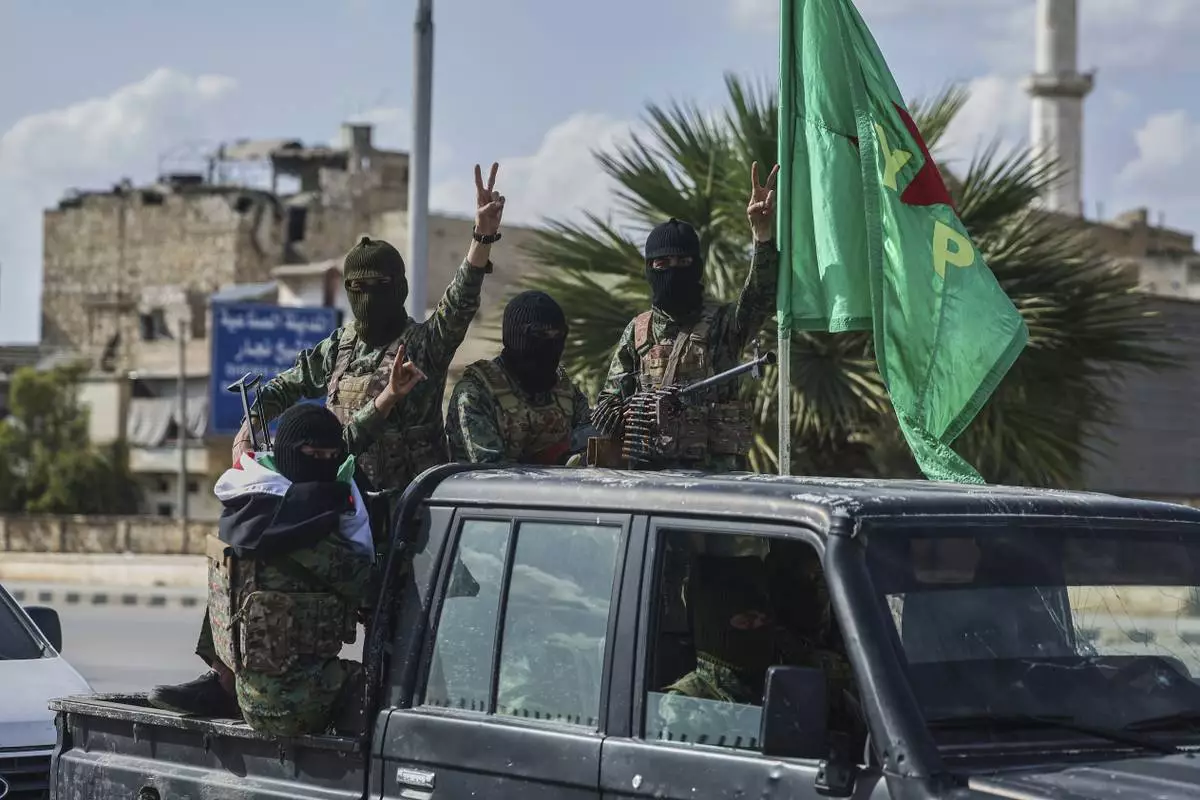
U.S.-backed Kurdish fighters flash victory signs, as they withdraw from two neighbourhoods in Syria's northern city of Aleppo as part of a deal with the Syrian central government, in Aleppo, Syria, Friday, April 4, 2025. (AP Photo/Ghaith Alsayed)
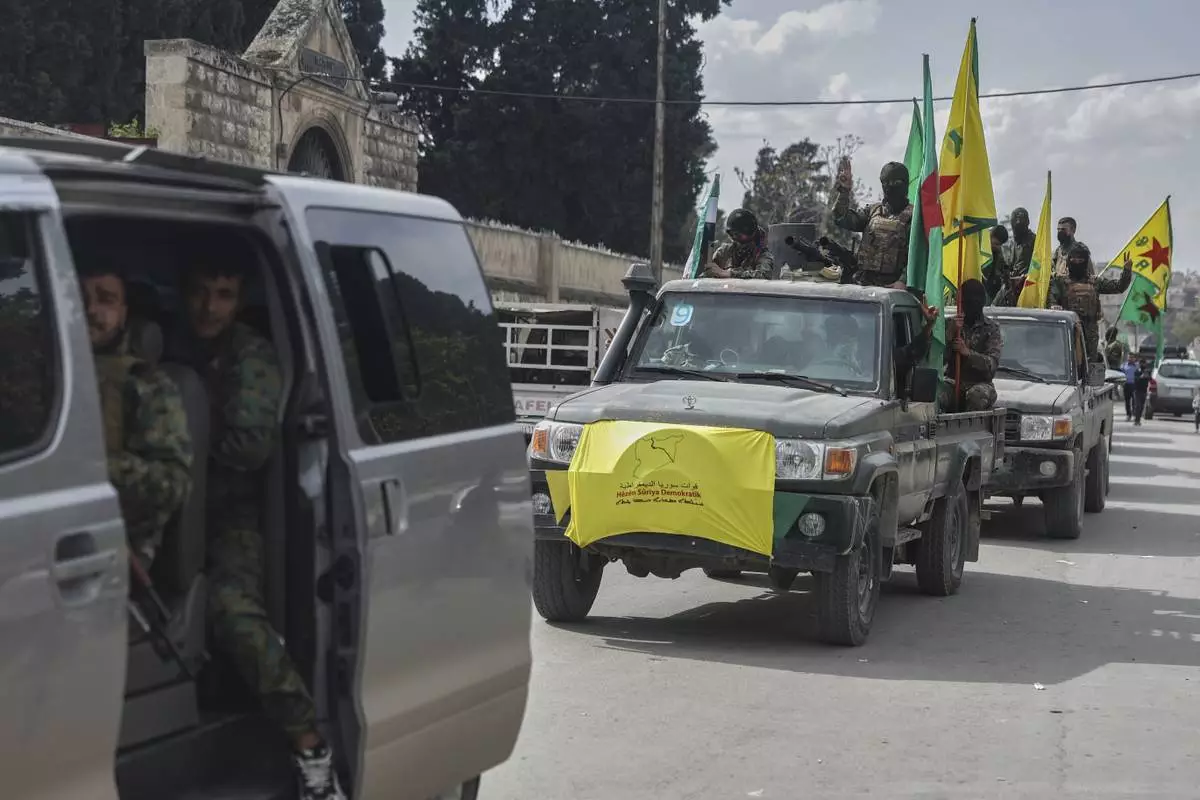
U.S.-backed Kurdish fighters withdraw from two neighbourhoods in Syria's northern city of Aleppo as part of a deal with the Syrian central government, in Aleppo, Syria, Friday, April 4, 2025. (AP Photo/Ghaith Alsayed)
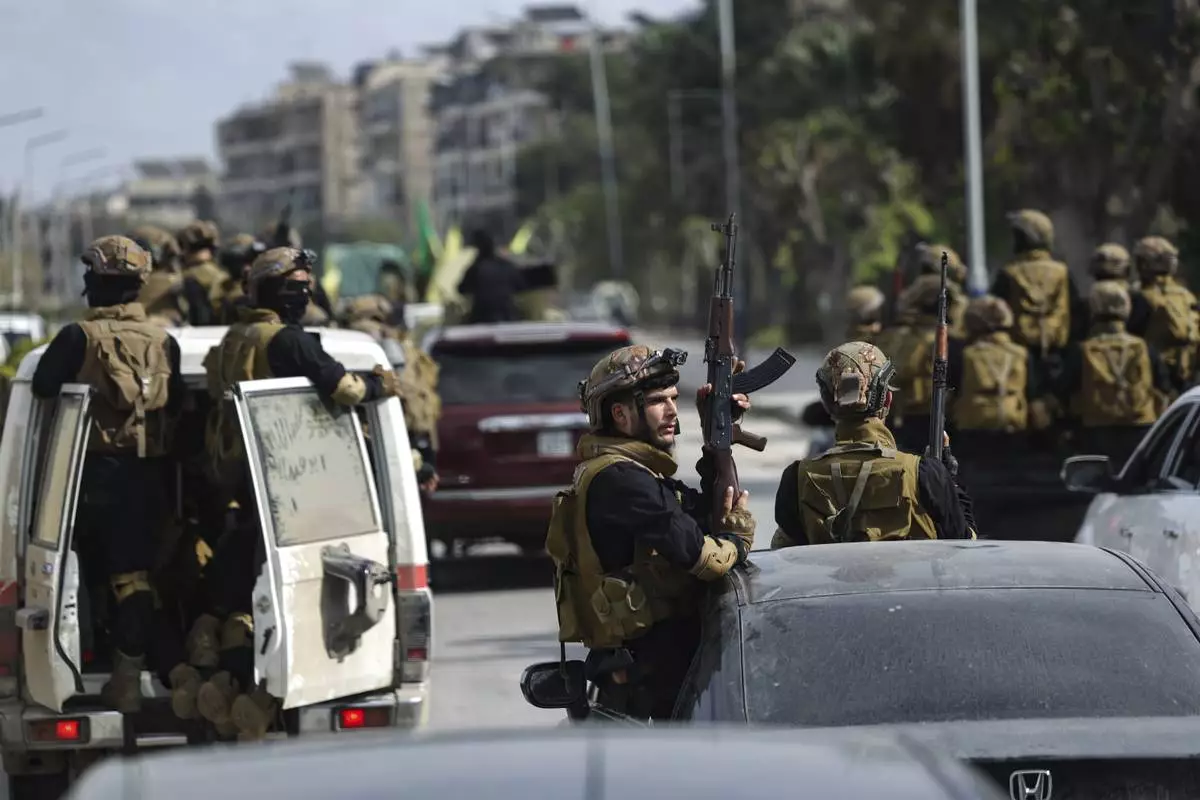
U.S.-backed Kurdish fighters withdraw from two neighbourhoods in Syria's northern city of Aleppo as part of a deal with the Syrian central government, in Aleppo, Syria, Friday, April 4, 2025. (AP Photo/Ghaith Alsayed)
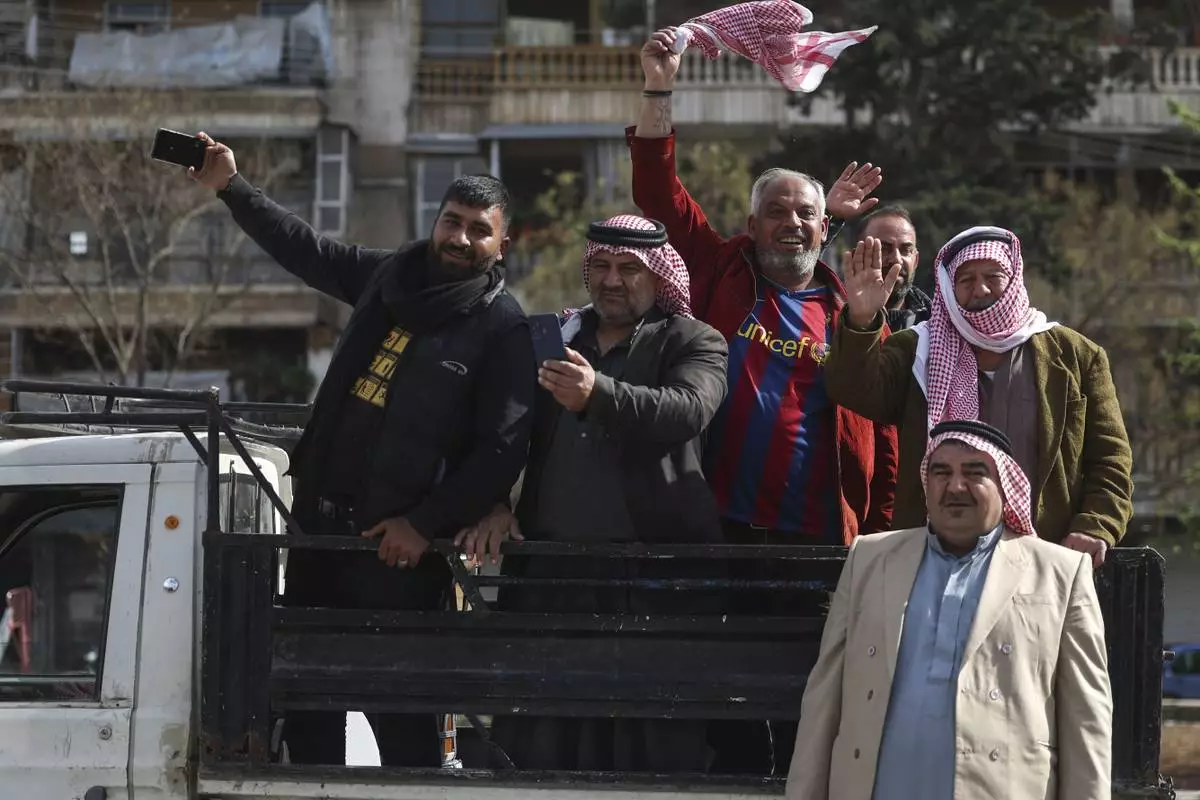
People wave to the U.S.-backed Kurdish fighters during their withdraw from two neighbourhoods in Syria's northern city of Aleppo as part of a deal with the Syrian central government, in Aleppo, Syria, Friday, April 4, 2025. (AP Photo/Ghaith Alsayed)
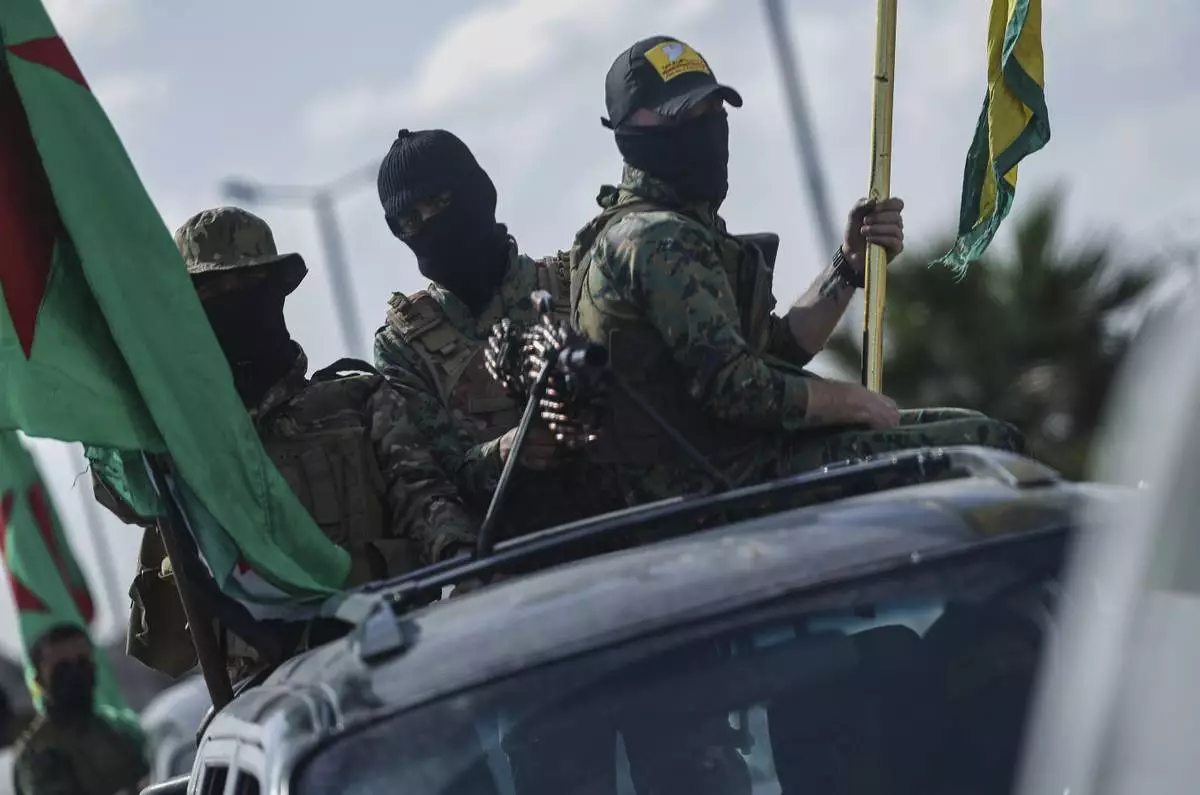
U.S.-backed Kurdish fighters stand on their vehicles, as they withdraw from two neighborhoods in Syria's northern city of Aleppo as part of a deal with the Syrian central government, in Aleppo, Syria, Friday, April 4, 2025. (AP Photo/Ghaith Alsayed)
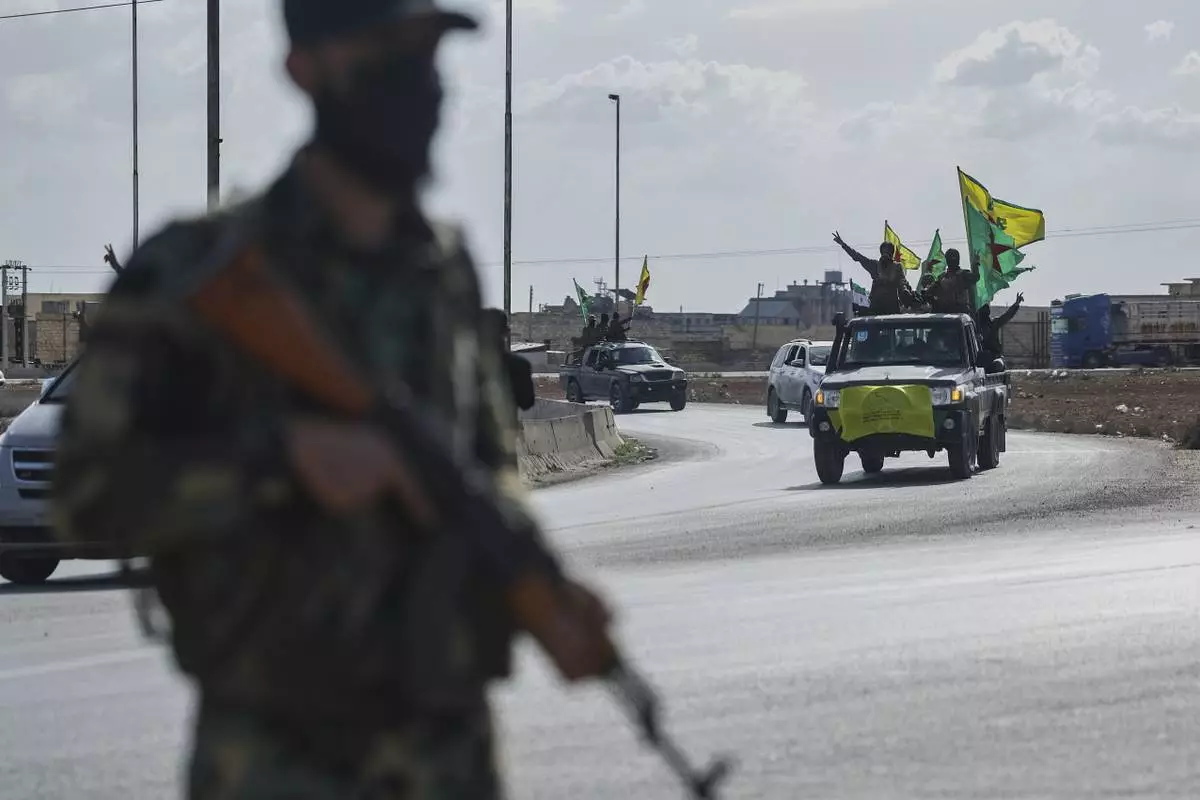
U.S.-backed Kurdish fighters stands on their vehicles, as they withdraw from two neighborhoods in Syria's northern city of Aleppo as part of a deal with the Syrian central government, in Aleppo, Syria, Friday, April 4, 2025. (AP Photo/Ghaith Alsayed)
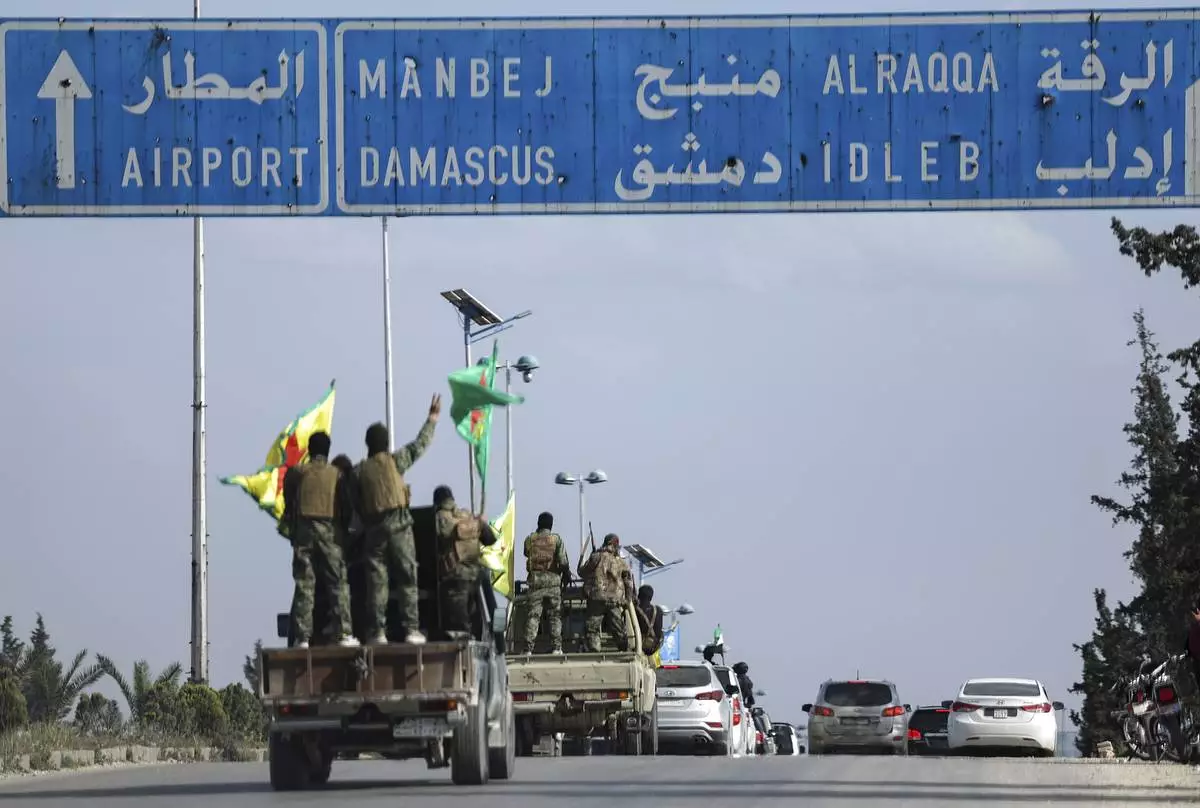
U.S.-backed Kurdish fighters stands on their vehicles, as they withdraw from two neighbourhoods in Syria's northern city of Aleppo as part of a deal with the Syrian central government, in Aleppo, Syria, Friday, April 4, 2025. (AP Photo/Ghaith Alsayed)
JERUSALEM (AP) — Israel on Thursday released a Palestinian who took part in an attack when he was 13 and developed schizophrenia in prison as requests for early release were denied.
Israel says Ahmad Manasra is a terrorist who tried to kill Jews his own age. Palestinians accuse Israel of subjecting a child to harsh incarceration that led to serious and potentially permanent mental illness. His lawyer, Khaled Zabarqa, said he was released after completing his nine-and-a-half-year sentence.
In 2015, Manasra, then 13, and his 15-year-old cousin rampaged through a Jewish settlement in east Jerusalem with knives. His cousin, Hassan, critically wounded a 13-year-old Israeli boy who was leaving a candy store and stabbed an Israeli man before being shot dead by police.
Ahmad was run over by a car, beaten and taunted by Israeli passers-by. A graphic video of Ahmad lying in the street, bleeding from the head while Israelis taunted him, garnered millions of views.
He was later convicted of attempted murder and sentenced to nine and a half years in prison. Doctors said he developed schizophrenia in solitary confinement and tried to harm himself and others.
Appeals to Israel’s Supreme Court for his early release were repeatedly denied. The courts ruled that he was ineligible, regardless of age or mental condition, because he was convicted of terrorism.
Zarbarqa said he did not have immediate information about Manasra’s condition after his release, but said he was with his parents.
“We know in jail he’s been very ill. We’re waiting to know his health situation now,” Zabarqa said.
Authorities first moved Manasra to isolation in November 2021, following a scuffle with another inmate. In interviews the following year, his family and lawyers said he was locked in a small cell for 23 hours a day and suffered from paranoia and delusions that kept him from sleeping. His lawyer said Manasra had tried to slit his wrists.
His family said he was transferred to the psychiatric wing of another prison every few months, where doctors gave him injections to stabilize him. A physician who was allowed to visit him when he was 18 diagnosed him with schizophrenia and attributed it to the toll of being in prison, warning that continued incarceration could lead to permanent disability.
The Prisons Authority on Thursday declined to comment on the specific conditions under which he had been held, saying all prisoners are held in accordance with Israeli and international law and that any allegations of abuse are investigated.
Rights groups say conditions inside Israeli prisons have become far more harsh since Hamas’ Oct. 7, 2023, attack ignited the war in the Gaza Strip. Palestinian prisoners released during a recent ceasefire often appeared gaunt and ill, and many went straight to local hospitals for treatment.
The Israeli ministry in charge of prisons has boasted that it has reduced the conditions of security prisoners to the bare minimum required by Israeli law.
A teenager from the occupied West Bank who was held in an Israeli prison for six months without being charged died last month after collapsing in unclear circumstances, becoming the first Palestinian under 18 to die in Israeli detention.
Lidman reported from Tel Aviv, Israel.
Follow AP’s war coverage at https://apnews.com/hub/israel-hamas-war
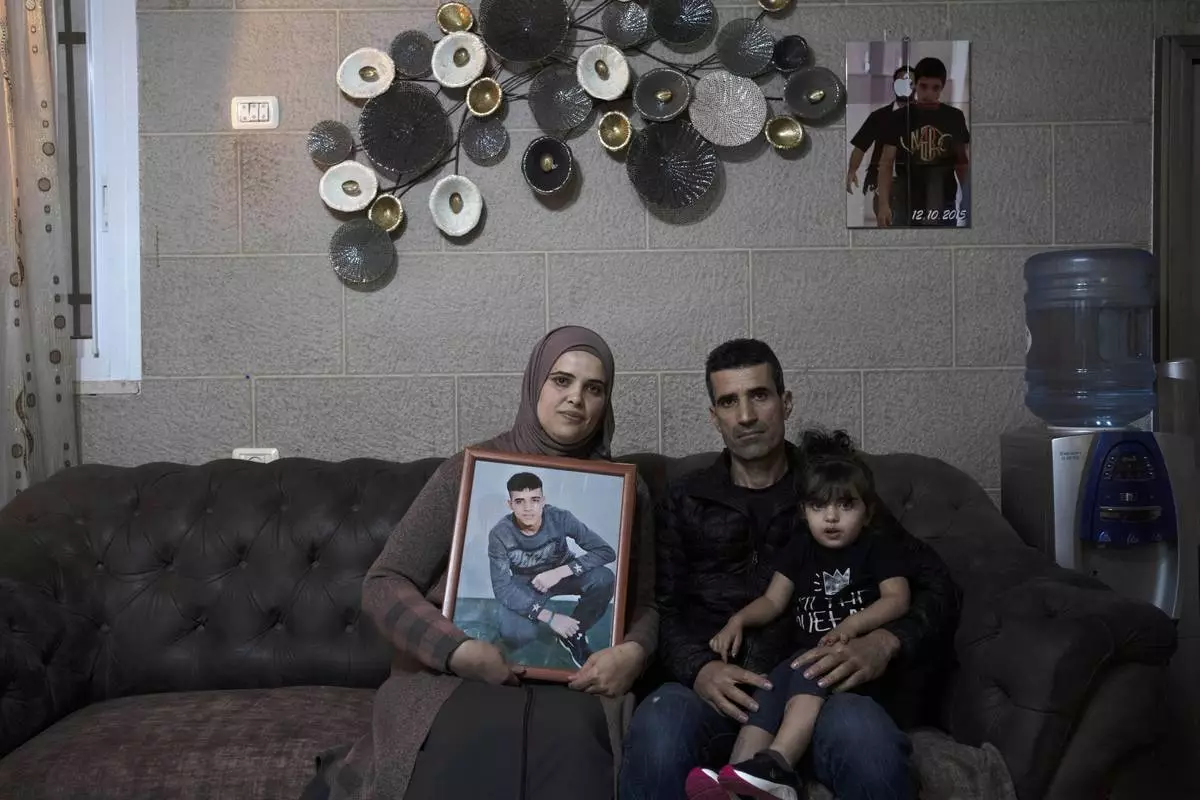
FILE - Maysoon, left, and Saleh Manasra, parents of Ahmad Manasra, who has been imprisoned by Israel since he was 13 when he was was convicted of attempted murder and sentenced to nine and a half years in prison, after his older cousin stabbed two Israelis, pose for a portrait with their daughter, Sham, in their home in east Jerusalem, Tuesday, Nov. 8, 2022. (AP Photo/ Maya Alleruzzo, File)
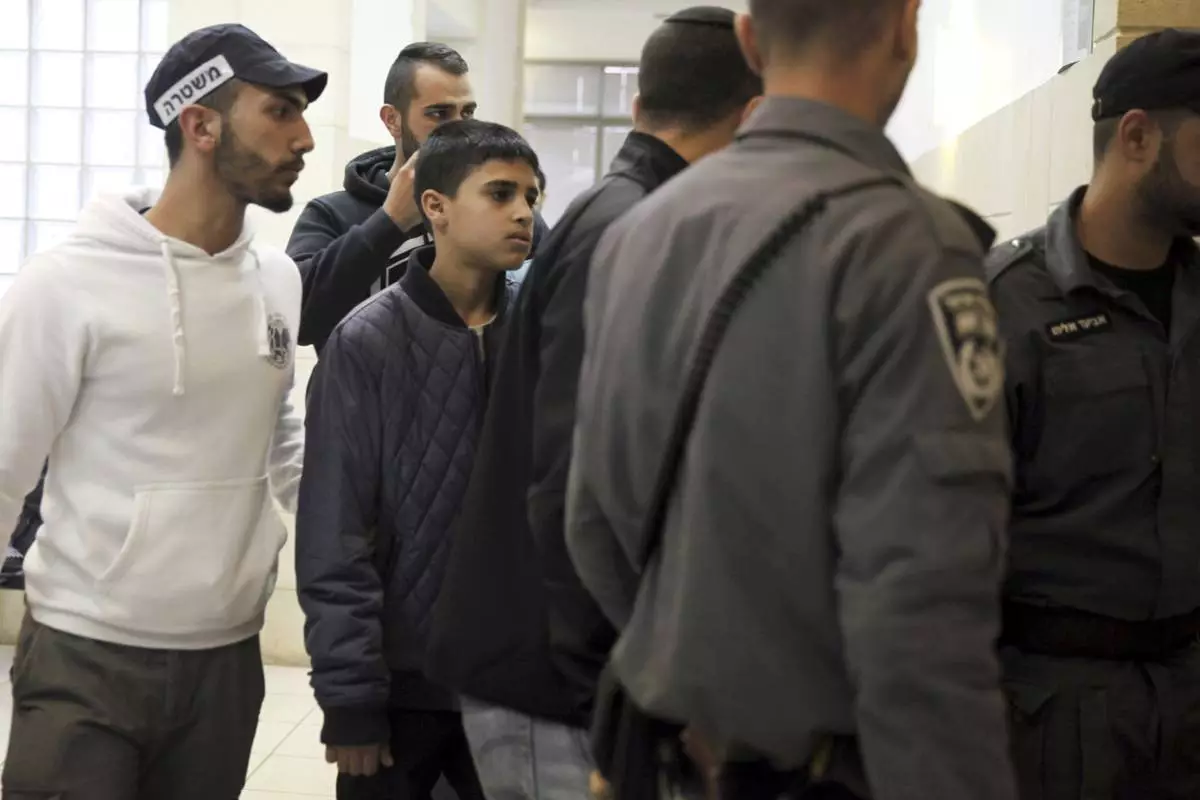
FILE - Ahmed Manasra, a 13-year-old Palestinian is brought to a court in Jerusalem, Tuesday Nov. 10, 2015. According to the indictment, Manasra and his cousin Hassan, 15, stabbed two Israelis in an east Jerusalem neighborhood. (AP Photo/Mahmoud Illean, File)









